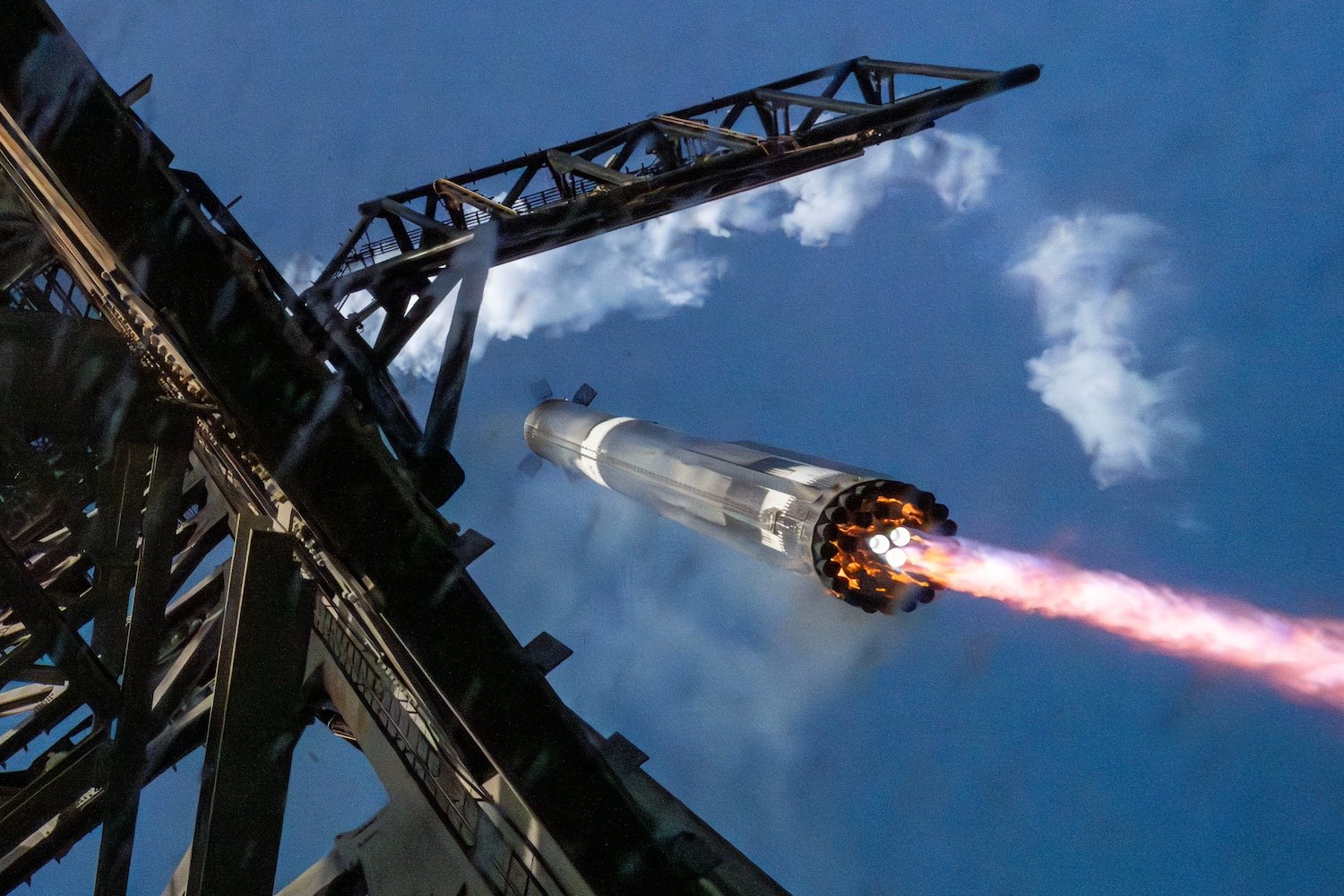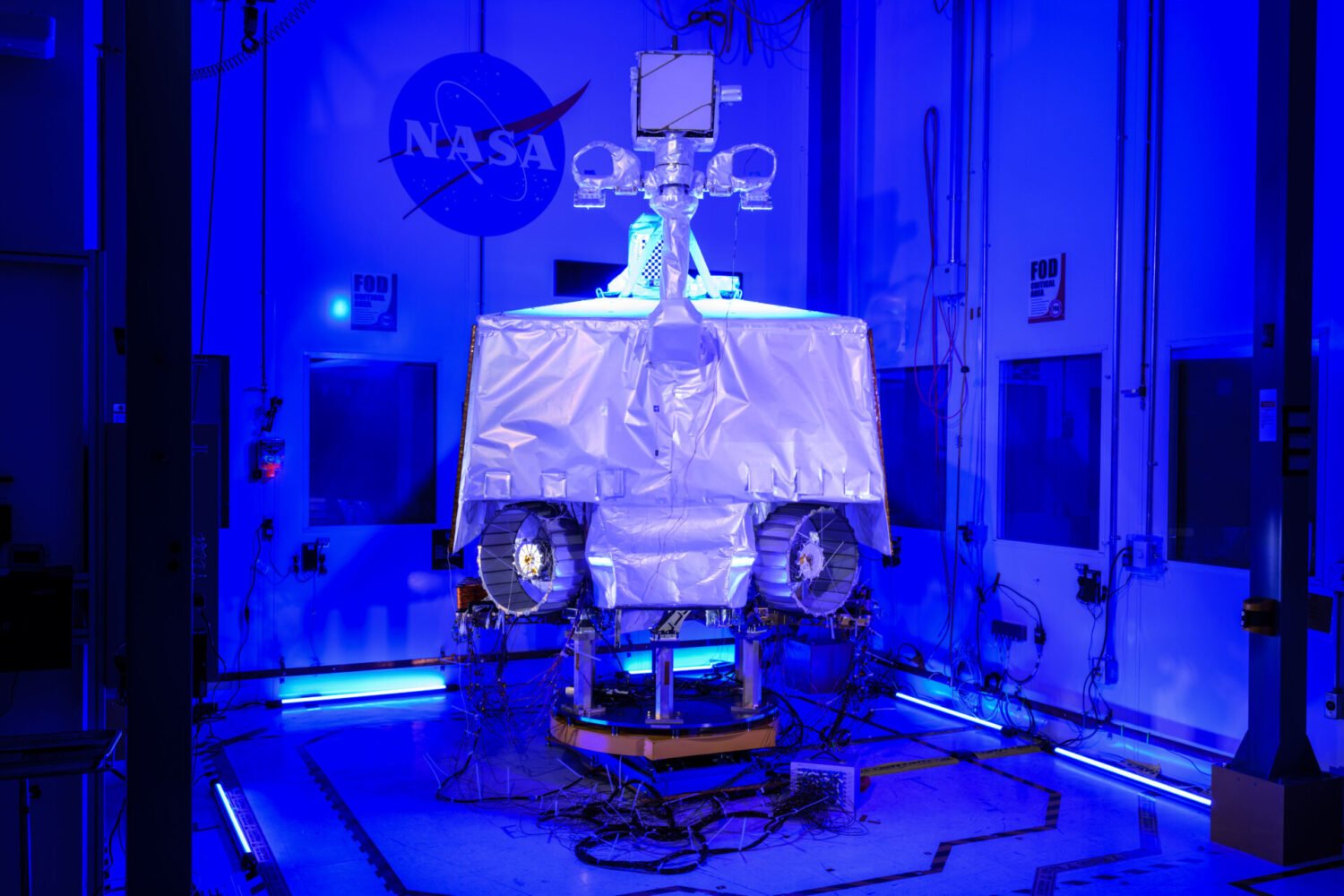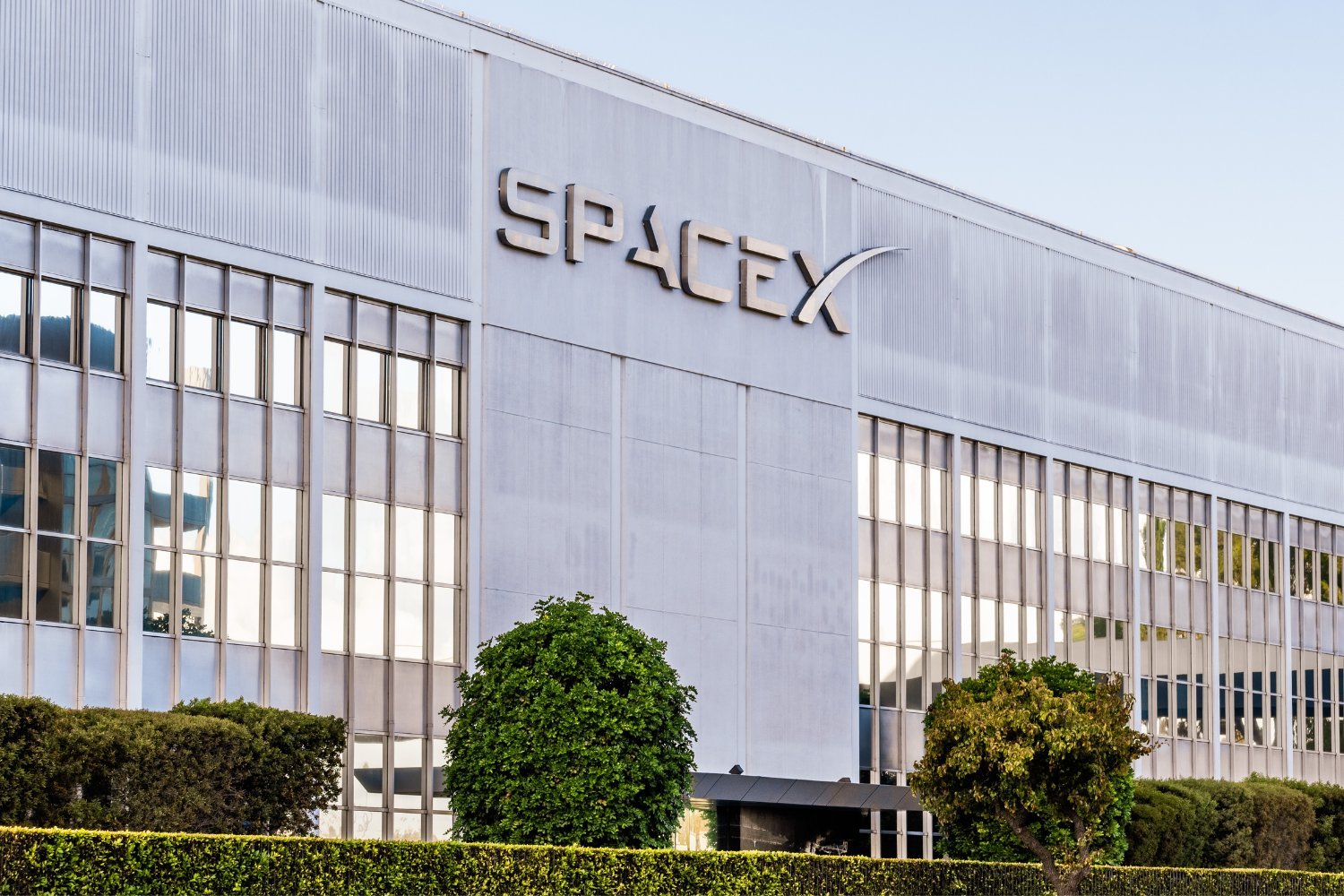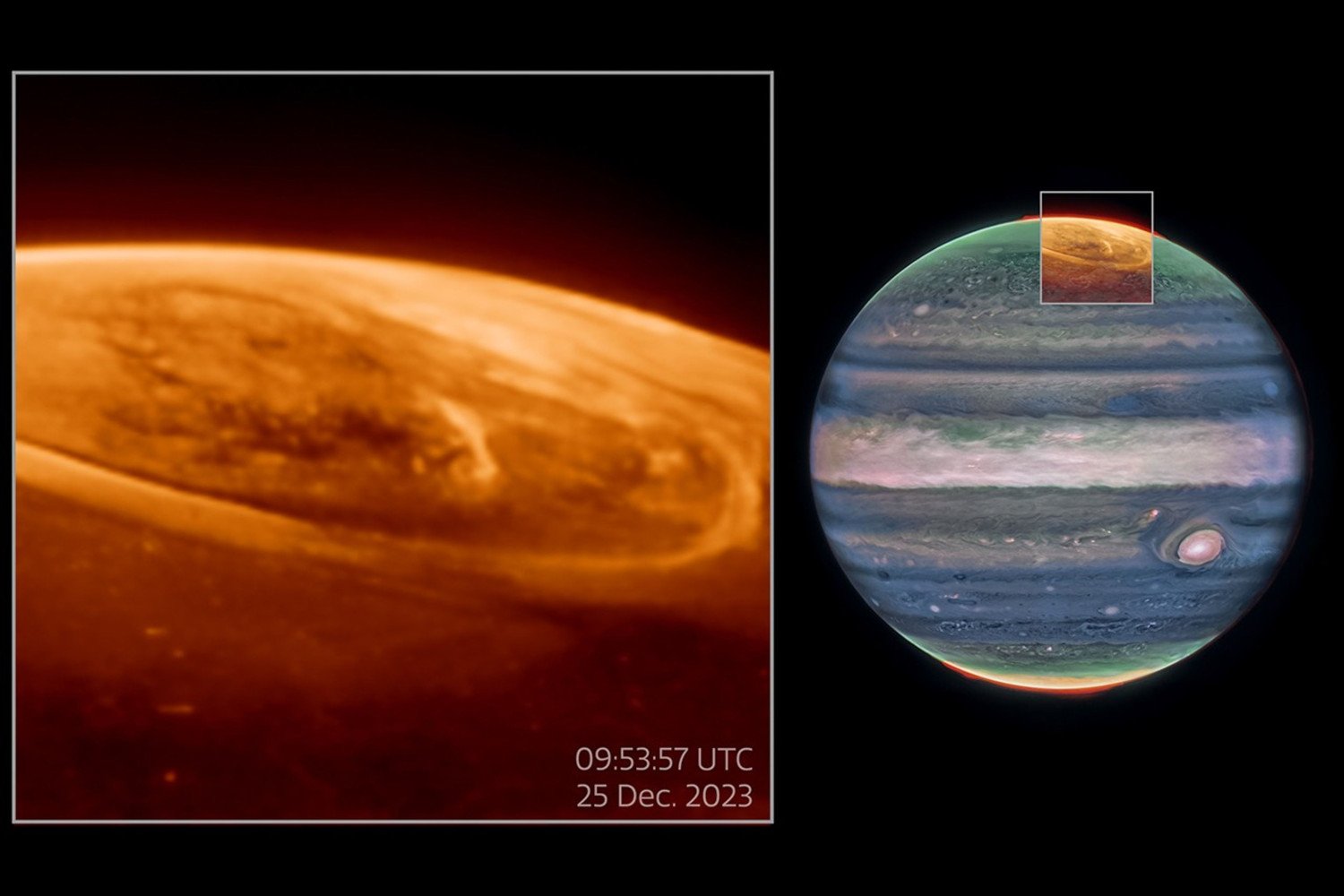NASA is reportedly exploring the possibility of accelerating its Mars exploration program, with potential missions launching as early as 2026. This shift in focus comes shortly after the U.S. administration released its proposed budget for NASA, emphasizing the national goal of landing humans on the Red Planet. While the exact details of these potential missions remain undisclosed, this aggressive timeline suggests a renewed urgency in the pursuit of Martian exploration.
Accelerated Timeline for Martian Exploration
According to a Politico report, NASA is evaluating launch windows in 2026 and 2028 to test crucial technologies for future human missions to Mars. NASA spokesperson Bethany Stevens confirmed the agency’s assessment of these opportunities, stating, “We are evaluating every opportunity, including launch windows in 2026 and 2028, to test technologies that will land humans on Mars.” While the specific rocket and payloads involved haven’t been publicly revealed, the focus on near-term missions signals a potential acceleration of NASA’s Mars program.
This announcement follows the release of President Donald Trump’s proposed budget for NASA’s fiscal year 2026. The budget prioritizes returning to the Moon before China and landing humans on Mars. Interestingly, while the overall budget proposal represents a 24% cut from NASA’s 2025 budget, human space exploration receives a significant boost, with an additional $647 million and a further $1 billion earmarked for Mars-focused programs. However, the proposed budget also eliminates funding for the Mars Sample Return mission, suggesting a potential shift towards achieving sample retrieval through a future human mission.
SpaceX’s Starship: A Potential Launch Vehicle
Given the ambitious timeline, SpaceX’s Starship megarocket emerges as a strong contender for these proposed Mars missions. SpaceX CEO Elon Musk has long expressed his ambition to colonize Mars, and he recently stated that Starship is targeted for a Mars launch by the end of 2026, with human missions potentially following as early as 2029. This aligns with the accelerated timeframe suggested by NASA.
Starship’s development has progressed steadily through several test flights, and the recent FAA approval for up to 25 annual launches from Starbase provides further impetus to the program. However, achieving Mars readiness by 2026 remains a substantial challenge.
Orbital Mechanics and Mission Planning
Launching a mission to Mars requires careful consideration of orbital mechanics. Efficiently reaching Mars necessitates launching when Earth and Mars are in close proximity. This optimal alignment occurs roughly every two years, creating specific launch windows. As outlined in a recent article by The Economist, a launch window for human missions to Mars opens at the end of 2028. This aligns with Musk’s projections and suggests a potential synergy between SpaceX’s ambitions and NASA’s accelerated timeline.
Furthermore, a successful human mission would likely require a preceding uncrewed landing mission, which, according to The Economist, would ideally launch during the window opening in late 2026. This adds weight to NASA’s exploration of the 2026 launch opportunity for preliminary missions.
Challenges and the Race to Mars
Whether NASA and its partners can meet these ambitious targets remains uncertain. Developing and testing the necessary technologies for a human Mars mission, including Starship’s orbital refueling capability, presents significant hurdles. However, the apparent alignment of NASA’s accelerated timeline with SpaceX’s ambitions suggests a collaborative push towards achieving this monumental goal. The race to Mars is undoubtedly intensifying, and while significant challenges remain, the prospect of human footprints on the Red Planet in the near future is becoming increasingly tangible.











